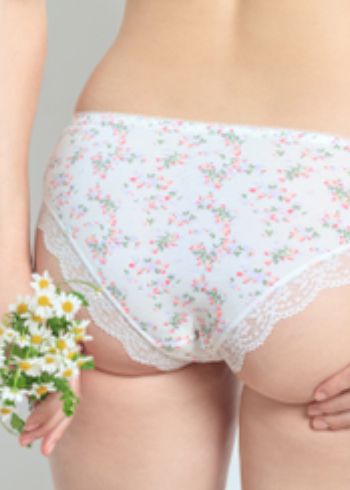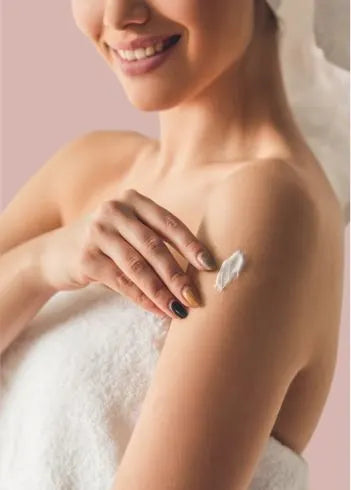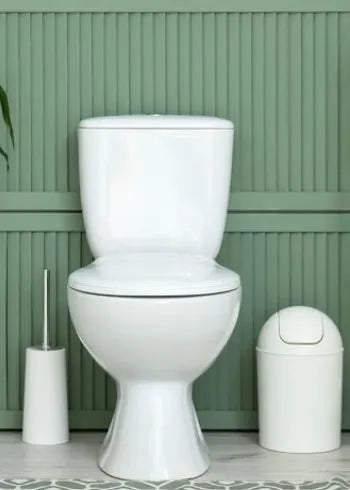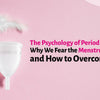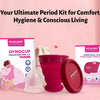Menstrual Cup History Or Invented Brief Explanation
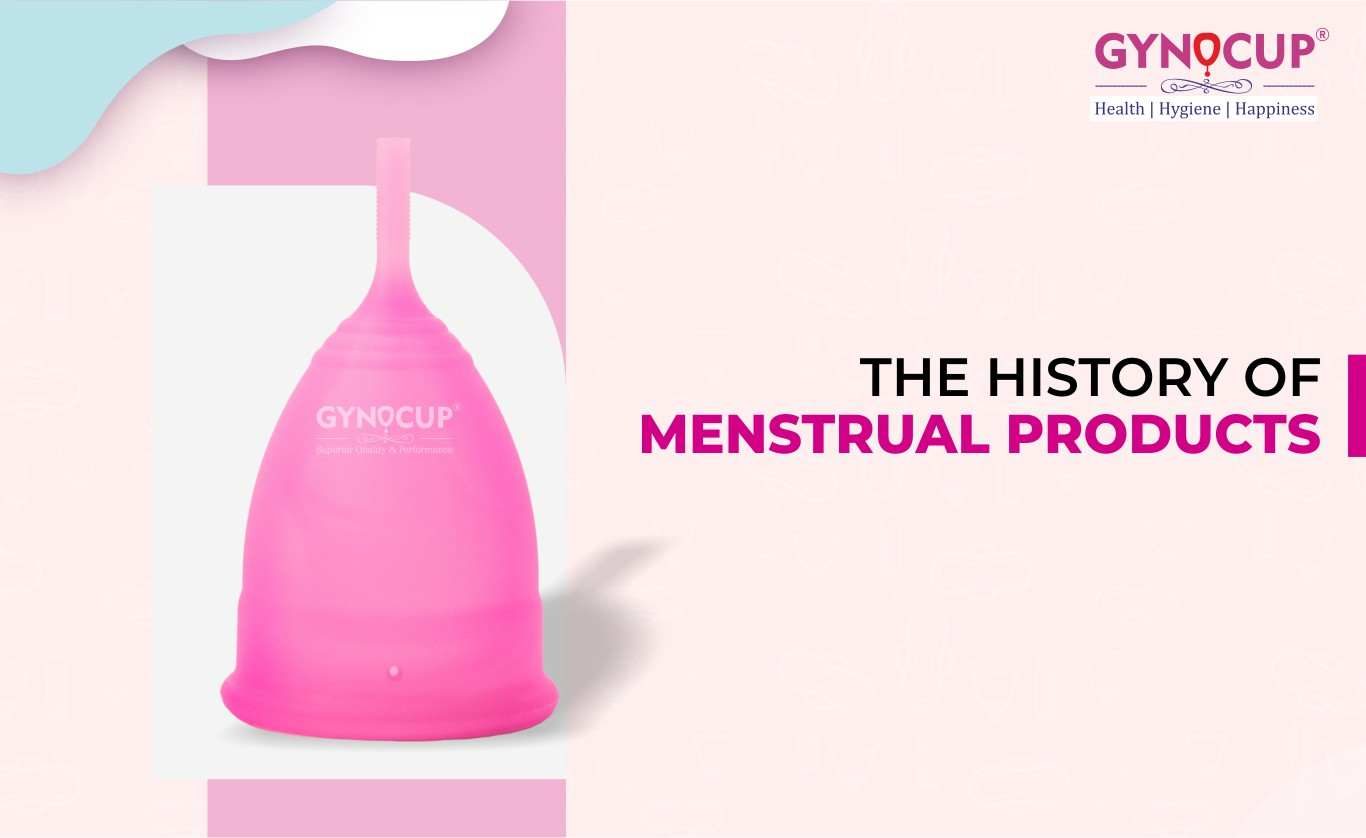
Menstrual Cup History Brief Explanation
Today we will talk about the menstrual cup history when the menstrual cup came and which is the first menstrual cup company. Do you know why? Read on to find out what transformed the fate of menstrual cups along with millions of women over time.
Unlike popular belief, the menstrual cup history goes back by centuries. But it was not until the 21st century that it caught on with Indian women.
In 1932, a midwifery group McGlasson and Perkins patented the first of such cups. Even before this, during the 1870s, cups also known as ‘catamenial sacks’ were designed for use of which could be inserted into the vagina by attaching to a belt.
In 1937, the first usable commercial cup was patented by an American actress named Leona Chalmers. For such an old invention, menstrual cups became mainstream only much recently. Why so? In this blog, we will introduce you to a brief history of these vaginal inserts which can offer you a fair idea of the stages of evolution it went through.
Early Prototypes of Menstrual Cups
Experimentation with period protection methods had started from a very early stage but was taken seriously only in the 19th and 20th centuries when many brands patented bell-shaped cups. Some of these cups made of soft or hard rubber were flexible while non-corrosive metal cups with an extra sponge for absorbency also came to be featured. . However, most of these emerging solutions faced social taboo and as a result, were never sold commercially.
Here is a timeline of some of the earliest menstrual cups:
1930s- The first modern usable menstrual cup was introduced by American actress Leona Chalmer’s cup in 1937, sold far and wide in the US market.
The cup was made of latex rubber and held in place by pelvic floor muscles. Finally, one could do away with the bulky belt and wear light, close-fitted clothing instead to support the cup’s position.
As World War II broke out, the shortage of rubber halted the production of these cups. However, it was resumed briefly after only to be met with disappointing results as women were unconvinced about making the switch. They feared that touching their vagina would be prejudiced and violate their propriety.
1950s- Despite widespread inhibitions on the use of menstrual cups, Chalmer partnered with larger companies till the 1970sto improve the design of the traditional cup.
The menstrual cup history records the name of Tassette that came with a disposable version called Tassaway.
The company carried out educational campaigns to raise awareness of its product, thus aiming to eradicate stigmas associated with such intimate vaginal products. But, the company shut down in 1973 due to decreasing sales which stopped the supply. The concept of emptying or cleaning the cup wasn’t still well-received by women- another reason behind its downfall.
1980s- Almost a decade later, latex rubber cups were reintroduced by The Keeper’, r available even today. The uptick of these products happened only when the stigma around period and sexuality was fast shed by evolving mindsets.
2000’s- It was during this time that medical-grade silicon was discovered and integrated into the making which enabled those with latex allergies to safely use these cups. They came with a flat tab and smooth insides which made them anti-bacterial and easier to clean. The cups offered better comfort and were compatible with different body types, design-wise.
2020’s- Menstrual cups are increasingly being embraced for want of fuss-free, reusable disposable products which don’t interfere with the regular functioning of modern women and veer them towards period emancipation. Plus they are also deemed to be environmentally safe and budget-friendly.
Why did Menstrual Cups lag behind in use in India?
Women’s sexuality and especially their menstrual cycle have been mired with myths for centuries. The early notions suspected menstrual cups to the severe hymen and lead to loss of virginity in young women, or worse, render them infertile.
In developing countries like India, where access to affordable menstrual products is a long shot, many repurpose old cloth strips as makeshift pads. The same cloth is often cleaned with boiling water and kept away for next time use- a practice prevalent in parts of rural India even still.
On top of that, broaching the topic of menstruation in households lacking period literacy warrants shame, indignation, and a complete hush-hush approach as matters like hygiene, safety, and comfort for women are often deemed secondary and swept under the rug.
Even though pads are still used by many, they risk disrupting the vaginal pH and may lead to diseases such as vaginitis and toxic shock syndrome (TSS) in case of prolonged direct contact. They also generate a good deal of menstrual waste by polluting landfills.
A menstrual cup is a better alternative in ways that it is user-friendly, biodegradable, and can be reused after a quick wash. It is also well within the budget.
GynoCup: A Sustainable Menstrual Hygiene Solution
At GynoCup, we attempted to redesign the cup to provide you with a better fit and enhanced comfort to the users. Made of high-quality medical-grade silicone, it is soft and offers protection from infections and rashes that may be caused by synthetic sanitary napkins and tampons. On top of that, the slimmer and tapered design slides into your vagina effortlessly and doesn’t feel like a blockage.
So, bid goodbye to period mess and menace, and feel free to do everything you enjoy with the modern Safest Menstrual Cup design. Have a look at our products on our website to get a better idea.
- Posted in menstrual cup history, menstrual cup invented


